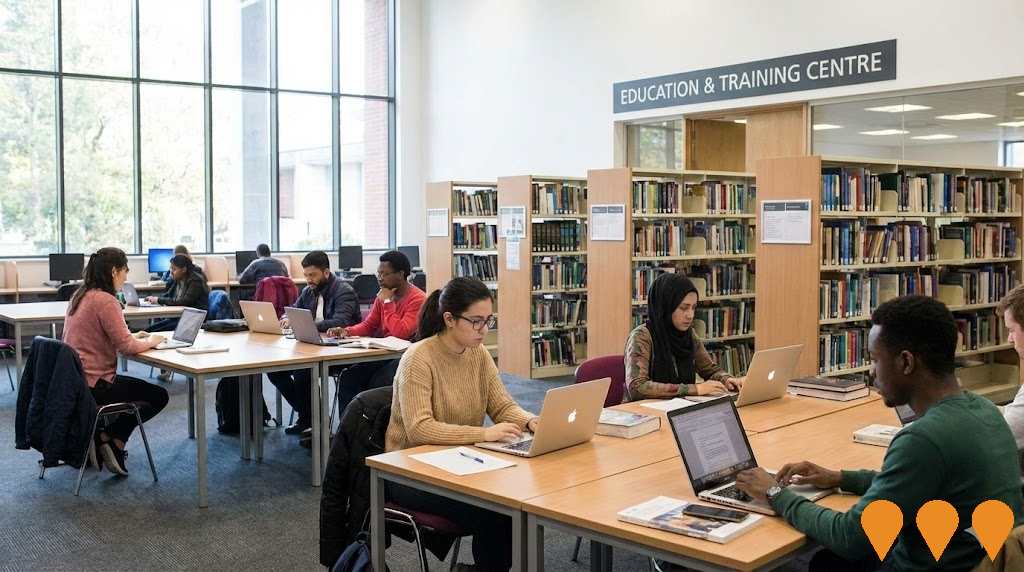Chart Color Schemes
est. as @ -- *
ABS ERP | -- people | --
2021 Census | -- people
Sales Activity
Curious about local property values? Filter the chart to assess the volume and appreciation (including resales) trends and regional comparisons, or scroll to the map below view this information at an individual property level.
Find a Recent Sale
Sales Detail
Population
Wagga Wagga - North lies within the top 10% of areas nationally in terms of population growth performance according to AreaSearch analysis of short and medium-term trends
Wagga Wagga - North's population is approximately 6,217 as of Aug 2025. This figure indicates an increase of 612 people since the 2021 Census, which reported a population of 5,605. The change is inferred from the estimated resident population of 6,101 in June 2024 and an additional 83 validated new addresses since the Census date. This results in a density ratio of 115 persons per square kilometer. Wagga Wagga - North's growth rate of 10.9% since the 2021 census exceeds that of its SA3 area (3.3%) and SA4 region, positioning it as a growth leader in the region. Interstate migration contributed approximately 36.4% of overall population gains during recent periods, with natural growth and overseas migration also being positive factors.
AreaSearch is utilising ABS/Geoscience Australia projections for each SA2 area, released in 2024 with a base year of 2022. For areas not covered by this data, NSW State Government's SA2 level projections are used, released in 2022 with a base year of 2021. Growth rates by age group from these aggregations are applied to all areas for years 2032 to 2041. According to demographic trends, exceptional growth is predicted over the period, with the area expected to expand by 3,855 persons to 2041 based on the latest population numbers, recording a gain of 60.1% in total over the 17 years.
Frequently Asked Questions - Population
Development
AreaSearch analysis of residential development drivers sees Wagga Wagga - North recording a relatively average level of approval activity when compared to local markets analysed countrywide
Wagga Wagga - North has averaged around 19 new dwelling approvals each year from financial year 2021 to financial year 2025, totalling 98 homes. As of June 2026, 2 approvals have been recorded so far in FY-26. On average, 9.4 people moved to the area for each dwelling built over these five years. This indicates high demand outstripping new supply, which typically drives price growth and increased buyer competition.
The average construction value of new properties is $430,000, aligning with regional trends. In FY-26, there have been $44.8 million in commercial approvals, suggesting strong local business investment. Compared to the Rest of NSW, Wagga Wagga - North shows approximately 75% of construction activity per person, placing it among the 20th percentile nationally, implying limited buyer options but robust demand for established properties.
New building activity comprises 75.0% detached houses and 25.0% townhouses or apartments, preserving the area's traditional low-density character focused on family homes. With an estimated 753 people per dwelling approval, it reflects a quiet development environment. Population forecasts indicate Wagga Wagga - North will gain 3,739 residents by 2041. If current construction levels persist, housing supply may lag population growth, potentially intensifying buyer competition and supporting price growth.
Frequently Asked Questions - Development
Infrastructure
Wagga Wagga - North has emerging levels of nearby infrastructure activity, ranking in the 29thth percentile nationally
Changes in local infrastructure significantly affect an area's performance. AreaSearch has identified 26 projects that could impact the region. Notable ones include Boorooma Neighbourhood Shopping Centre, Wagga Wagga Water Treatment Plant Upgrade, Mount Austin Manor Houses - Social Housing, and Northern Growth Area Sewer Upgrades. The following list details those most likely to be relevant.
Professional plan users can use the search below to filter and access additional projects.
INFRASTRUCTURE SEARCH
 Denotes AI-based impression for illustrative purposes only, not to be taken as definitive under any circumstances. Please follow links and conduct other investigations from the project's source for actual imagery. Developers and project owners wishing us to use original imagery please Contact Us and we will do so.
Denotes AI-based impression for illustrative purposes only, not to be taken as definitive under any circumstances. Please follow links and conduct other investigations from the project's source for actual imagery. Developers and project owners wishing us to use original imagery please Contact Us and we will do so.
Frequently Asked Questions - Infrastructure
Boorooma Neighbourhood Shopping Centre
A new neighbourhood shopping centre in Boorooma, Wagga Wagga, featuring a Coles supermarket and Liquorland as anchor tenants, along with specialty stores such as Subway (opened July 2025) and a planned McDonald's (opening December 2025). The centre aims to serve the growing northern suburbs, with construction ongoing for the Coles component expected to open late 2025.
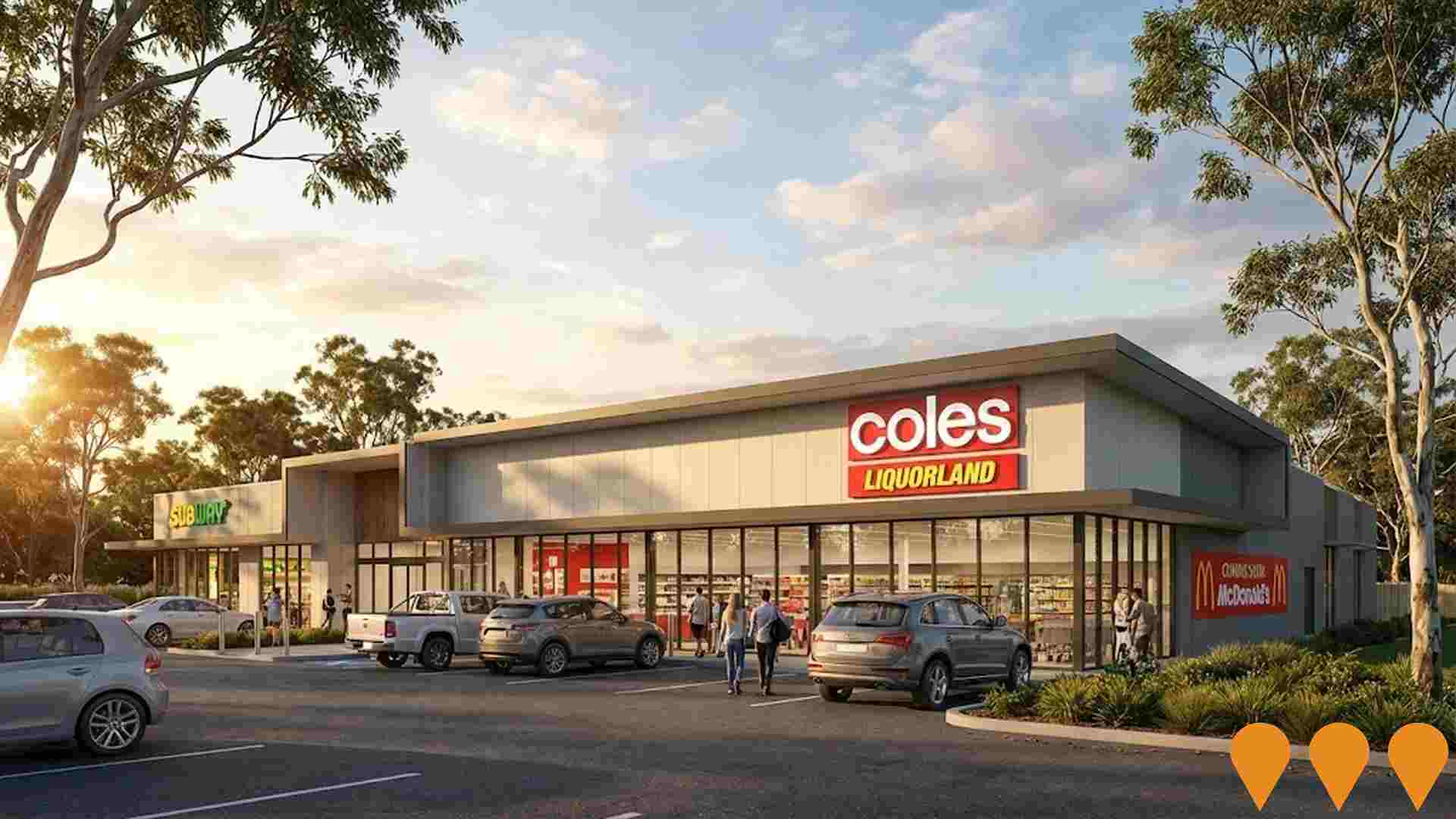
Bunnings Wagga Wagga Relocation
Relocation and expansion of Bunnings Warehouse to a new 18,385 sqm store with extensive parking, enhancing retail hardware options in the area. The project represents an investment of around $47 million and aims to provide a bigger and better offer for the local community. However, ongoing negotiations regarding traffic access and modifications to the development consent are delaying construction start.
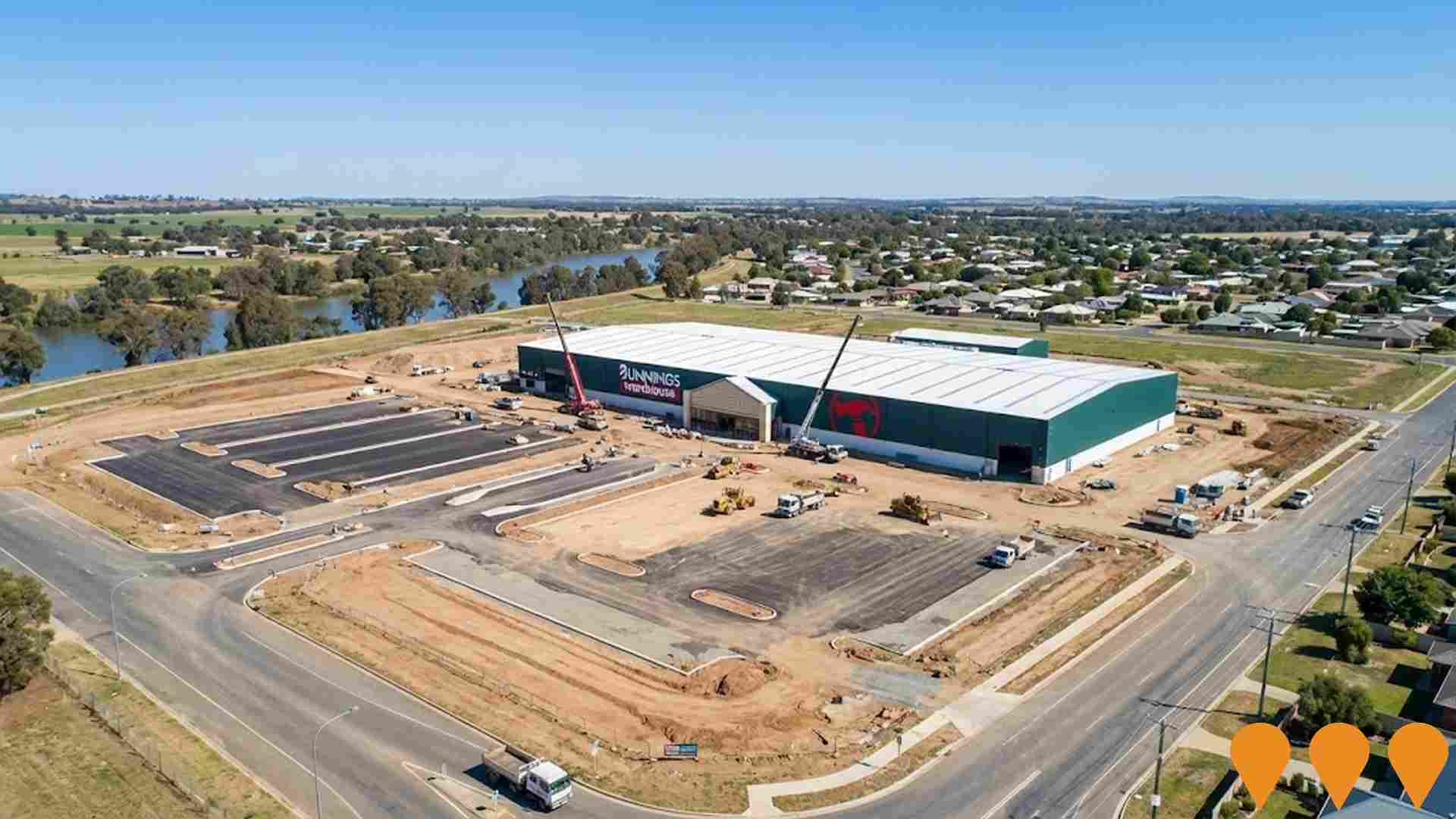
Wagga Wagga Base Hospital Emergency Department Expansion
Expansion and modernization of emergency department facilities including additional treatment bays, upgraded imaging services, improved patient flow areas and enhanced trauma facilities

Wagga Wagga Water Treatment Plant Upgrade
Comprehensive upgrade of water treatment facilities including new filtration systems, increased capacity infrastructure, improved chemical dosing systems and enhanced monitoring technology
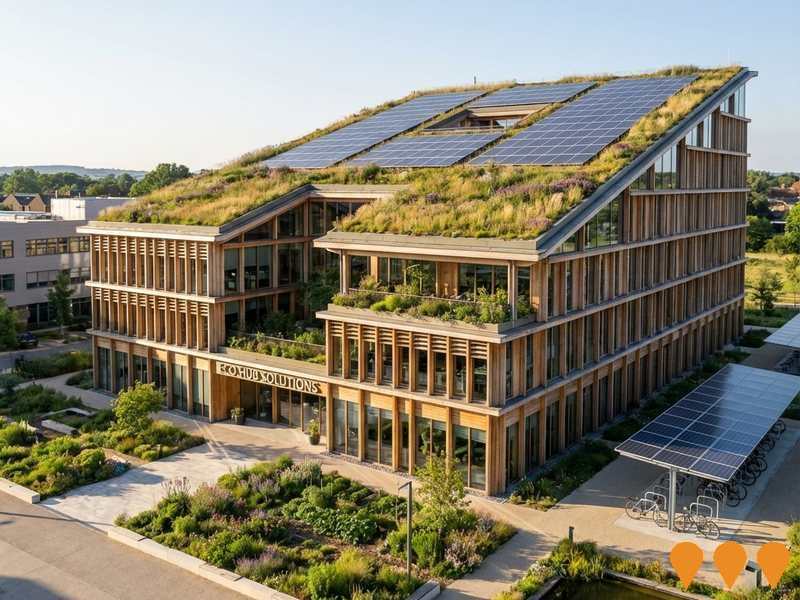
Wagga Wagga Arts & Culture Quarter
Cultural precinct development including upgraded performing arts venues, gallery spaces, artist studios, public art installations and enhanced streetscape connecting key cultural facilities
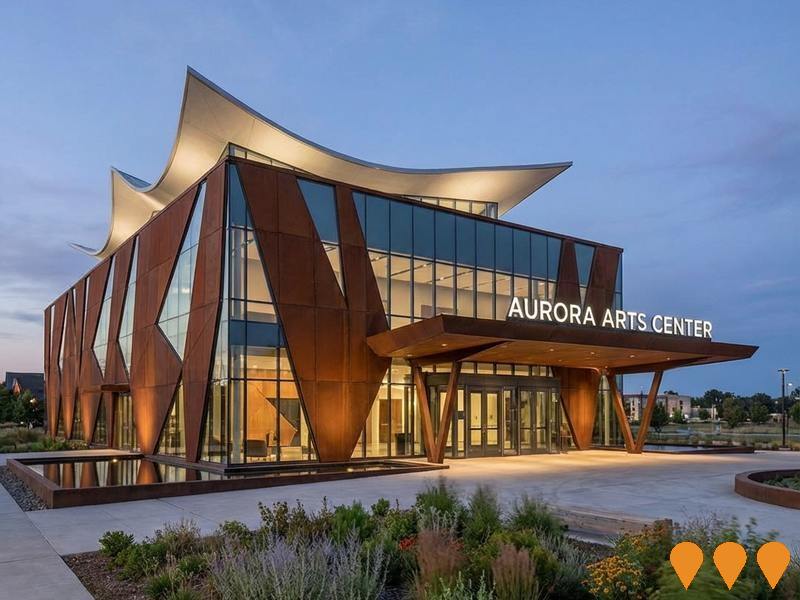
7-Eleven Wagga Wagga Service Station
The first 7-Eleven in Wagga Wagga, featuring a 24-hour convenience store, fuel station, and amenities, replacing existing buildings at the site.
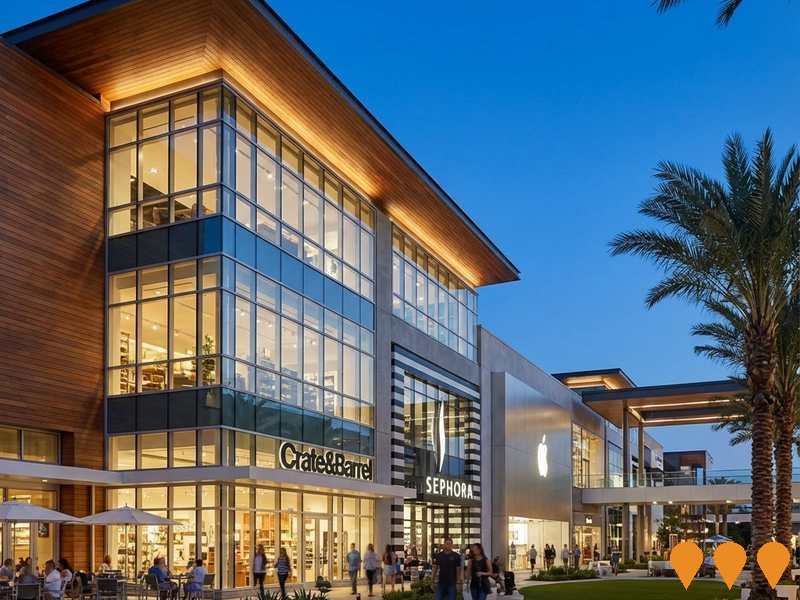
Mount Austin Manor Houses - Social Housing
New social housing development featuring 48 one, two and three-bedroom homes with accessible design features, community garden spaces, children's play areas, and sustainable building practices. Part of NSW Government's social housing investment program for regional communities.

Northern Growth Area Sewer Upgrades
Major $21.23 million sewer infrastructure upgrades to provide capacity for housing growth in northern growth area and industrial growth in Bomen Special Activation Precinct. Part of $70.8 million infrastructure package to support 14,500 homes.

Employment
Employment conditions in Wagga Wagga - North rank among the top 10% of areas assessed nationally
Wagga Wagga - North has an unemployment rate of 1.9% as of June 2025, with estimated employment growth of 8.2% over the past year. The area's workforce participation is at 68.3%, compared to Rest of NSW's 56.4%.
Employment in Wagga Wagga - North is concentrated in health care & social assistance, education & training, and retail trade. Notably, education & training has an employment share 1.4 times the regional level. However, mining is under-represented with only 0.3% of the workforce compared to Rest of NSW's 2.5%. Over the year to June 2025, employment increased by 8.2%, while labour force grew by 9.2%, leading to a rise in unemployment rate by 0.9 percentage points.
Jobs and Skills Australia forecasts national employment growth of 6.6% over five years and 13.7% over ten years. Applying these projections to Wagga Wagga - North's employment mix suggests local growth of approximately 6.5% over five years and 13.6% over ten years, based on a simple weighting extrapolation for illustrative purposes.
Frequently Asked Questions - Employment
Income
The area exhibits notably strong income performance, ranking higher than 70% of areas assessed nationally through AreaSearch analysis
AreaSearch's data for financial year 2022 shows postcode level ATO figures indicate Wagga Wagga - North has incomes above national averages. The median income is $56,789 and the average is $69,271. Comparatively, Rest of NSW has a median income of $49,459 and an average of $62,998. Considering Wage Price Index growth of 12.61% since financial year 2022, estimated incomes for September 2025 would be approximately $63,950 (median) and $78,006 (average). According to the 2021 Census, Wagga Wagga - North's household, family, and personal incomes fall around the 62nd percentile nationally. Income distribution shows that 39.1% of residents (2,430 people) earn between $1,500 and $2,999, similar to metropolitan regions at 29.9%. Housing accounts for 14.1% of income. Residents rank in the 72nd percentile for disposable income. The area's SEIFA income ranking places it in the 6th decile.
Frequently Asked Questions - Income
Housing
Wagga Wagga - North is characterized by a predominantly suburban housing profile, with a higher proportion of rental properties than the broader region
In Wagga Wagga - North, as per the latest Census, 88.4% of dwellings were houses, with the remaining 11.7% comprising semi-detached homes, apartments, and other types. This is similar to Non-Metro NSW's dwelling structure, which also had 88.4% houses and 11.7% other dwellings. Home ownership in Wagga Wagga - North stood at 26.2%, with mortgaged dwellings at 41.7% and rented ones at 32.1%. The median monthly mortgage repayment was $1,733, higher than Non-Metro NSW's average of $1,430. Weekly rent in the area averaged $380, compared to Non-Metro NSW's $280. Nationally, Wagga Wagga - North's mortgage repayments were lower than the Australian average of $1,863, while rents exceeded the national figure of $375.
Frequently Asked Questions - Housing
Household Composition
Wagga Wagga - North features high concentrations of group households, with a higher-than-average median household size
Family households constitute 71.6% of all households, including 36.3% couples with children, 25.3% couples without children, and 8.7% single parent families. Non-family households comprise the remaining 28.4%, with lone person households at 20.9% and group households at 7.5%. The median household size is 2.7 people, which is larger than the Rest of NSW average of 2.5.
Frequently Asked Questions - Households
Local Schools & Education
The educational profile of Wagga Wagga - North exceeds national averages, with above-average qualification levels and academic performance metrics
The area's university qualification rate is 27.4% among residents aged 15+, exceeding the SA4 region average of 18.7%. This rate is also higher than that of the SA3 area (20.4%). Bachelor degrees are the most common at 18.8%, followed by postgraduate qualifications at 5.6% and graduate diplomas at 3.0%.
Vocational credentials are held by 34.3% of residents aged 15+, with advanced diplomas at 9.7% and certificates at 24.6%. Educational participation is high, with 42.0% of residents currently enrolled in formal education. This includes 17.9% in tertiary education, 9.7% in primary education, and 7.0% pursuing secondary education. Wagga Wagga - North has 4 schools with a combined enrollment of 1,584 students. The area's ICSEA score is 1039, indicating typical Australian school conditions with balanced educational opportunities. There are 3 primary schools and 1 K-12 school in the area. It functions as an education hub with 25.5 school places per 100 residents, significantly above the regional average of 15.3, attracting students from surrounding communities. Note: for schools showing 'n/a' for enrolments, please refer to the parent campus.
Frequently Asked Questions - Education
Schools Detail
Nearby Services & Amenities
Transport
Transport servicing is moderate compared to other areas nationally based on assessment of service frequency, route connectivity and accessibility
Wagga Wagga - North has 55 active public transport stops operating within its boundaries. These stops are served by a mix of buses operating along 47 individual routes. In total, these routes provide 499 weekly passenger trips.
The accessibility of transport in the area is rated as excellent, with residents typically located 170 meters from their nearest transport stop. On average, service frequency across all routes amounts to 71 trips per day, which translates to approximately 9 weekly trips per individual stop.
Frequently Asked Questions - Transport
Transport Stops Detail
Health
The level of general health in Wagga Wagga - North is notably higher than the national average with prevalence of common health conditions low among the general population though higher than the nation's average across older, at risk cohorts
Wagga Wagga - North shows better-than-average health indicators with low prevalence of common conditions among its general population, but higher rates among older and at-risk groups. About 54% (~3,382 people) have private health cover, compared to 51.4% in the rest of NSW.
The most prevalent medical conditions are asthma (9.7%) and mental health issues (7.6%). Around 71.5% report no medical ailments, higher than the 64.5% in the rest of NSW. About 12.9% (~798 people) are aged 65 or over, lower than the 19.6% in the rest of NSW. Health outcomes for seniors require more focus due to presenting challenges.
Frequently Asked Questions - Health
Cultural Diversity
Wagga Wagga - North ranks below the Australian average when compared to other local markets across a number of language and cultural background related metrics
Wagga Wagga - North had a cultural diversity index below average, with 88.0% of its population being Australian citizens, 85.1% born in Australia, and 87.0% speaking English only at home. Christianity was the dominant religion in Wagga Wagga - North, comprising 58.3% of people, compared to 64.3% across Rest of NSW. The top three ancestry groups were Australian (30.6%), English (28.4%), and Irish (8.5%).
Notably, Indian ethnicity was overrepresented at 2.8%, compared to the regional average of 0.9%. Scottish ethnicity also showed a higher representation at 8.3%, slightly above the regional average of 8.0%. Samoan ethnicity had a minimal but notable divergence, with 0.2% in Wagga Wagga - North versus 0.1% regionally.
Frequently Asked Questions - Diversity
Age
Wagga Wagga - North hosts a very young demographic, ranking in the bottom 10% of areas nationwide
At 30 years, Wagga Wagga-North's median age is considerably lower than the Rest of NSW average of 43 years, and substantially under the Australian median of 38 years. Relative to the Rest of NSW, Wagga Wagga-North has a higher concentration of 15-24 residents at 22.5%, but fewer 65-74 year-olds at 5.3%. This concentration of 15-24 residents is well above the national average of 12.5%. Since the Census conducted on August 10, 2021, the population aged 35 to 44 has grown from 11.8% to 13.9%, while the 25 to 34 cohort has declined from 16.4% to 15.1%. The 45 to 54 age group has also dropped, from 9.0% to 7.8%. Demographic modeling suggests that Wagga Wagga-North's age profile will evolve significantly by the year 2041. The 25 to 34 cohort shows the strongest projected growth at 88%, adding 828 residents to reach a total of 1,770 residents in this age group.
